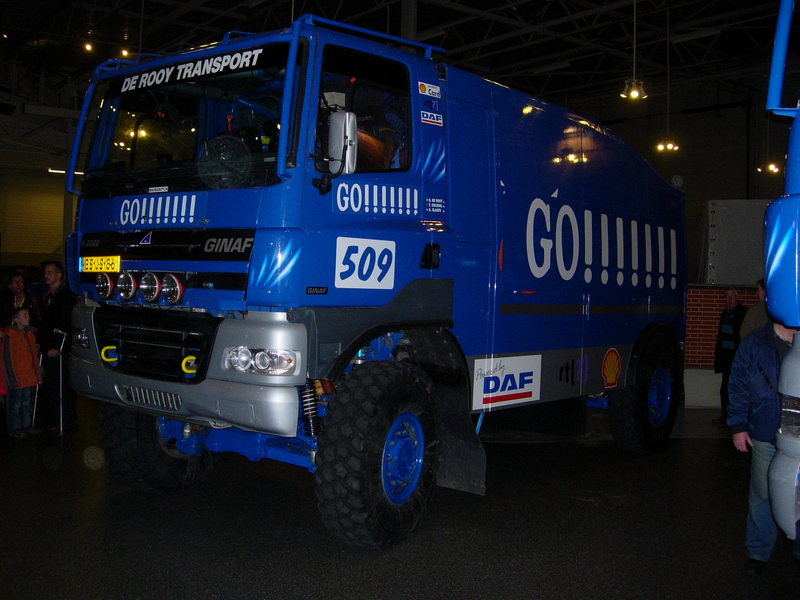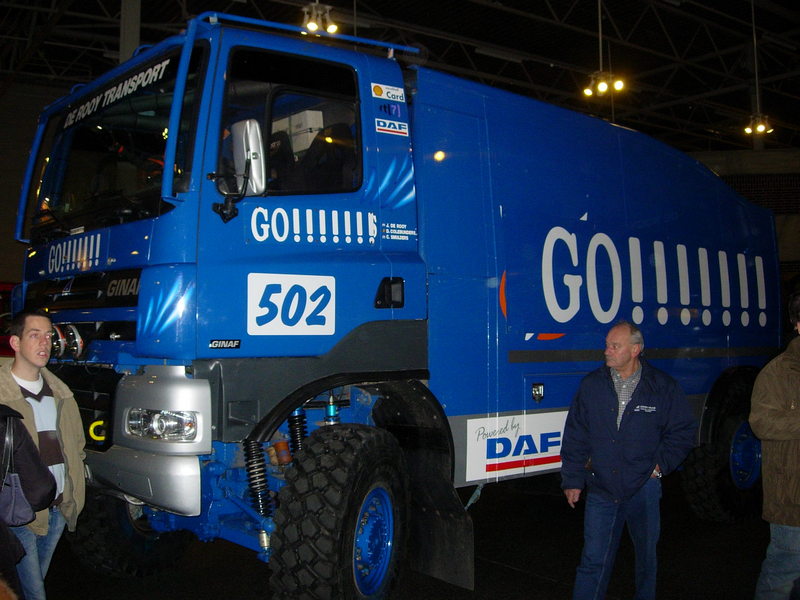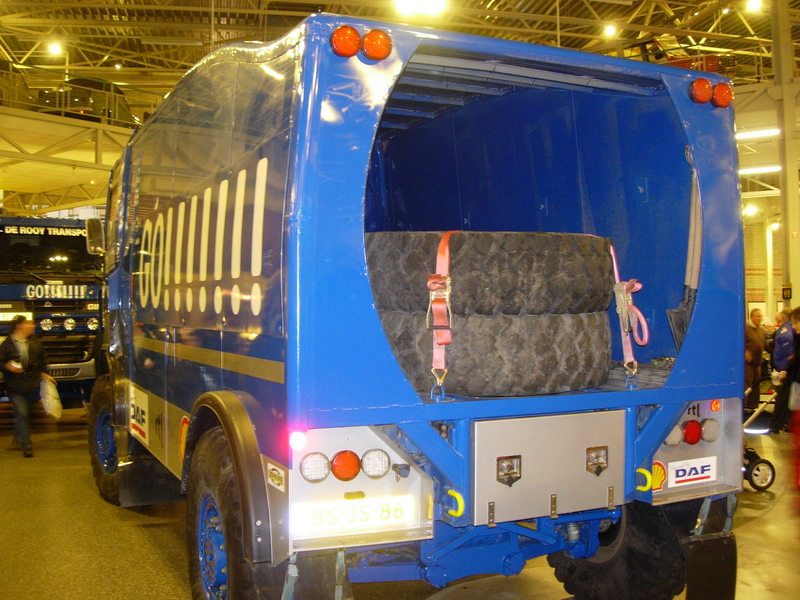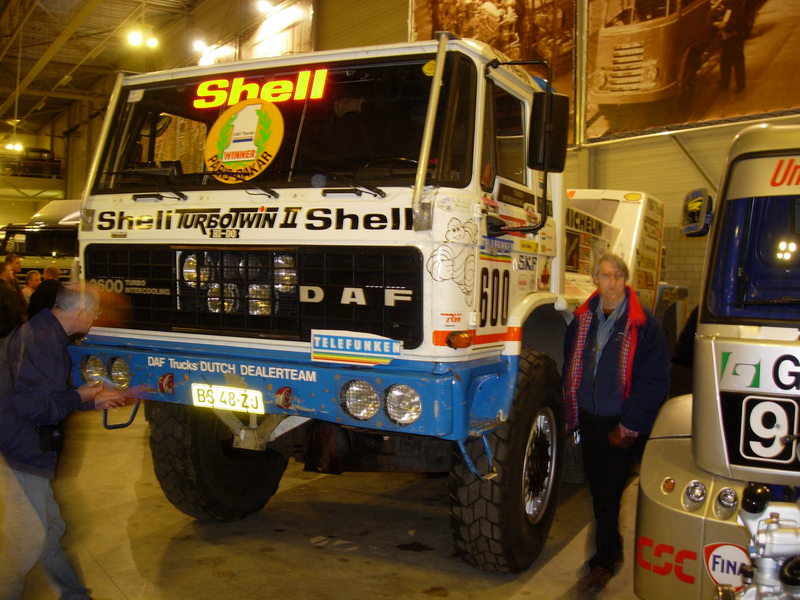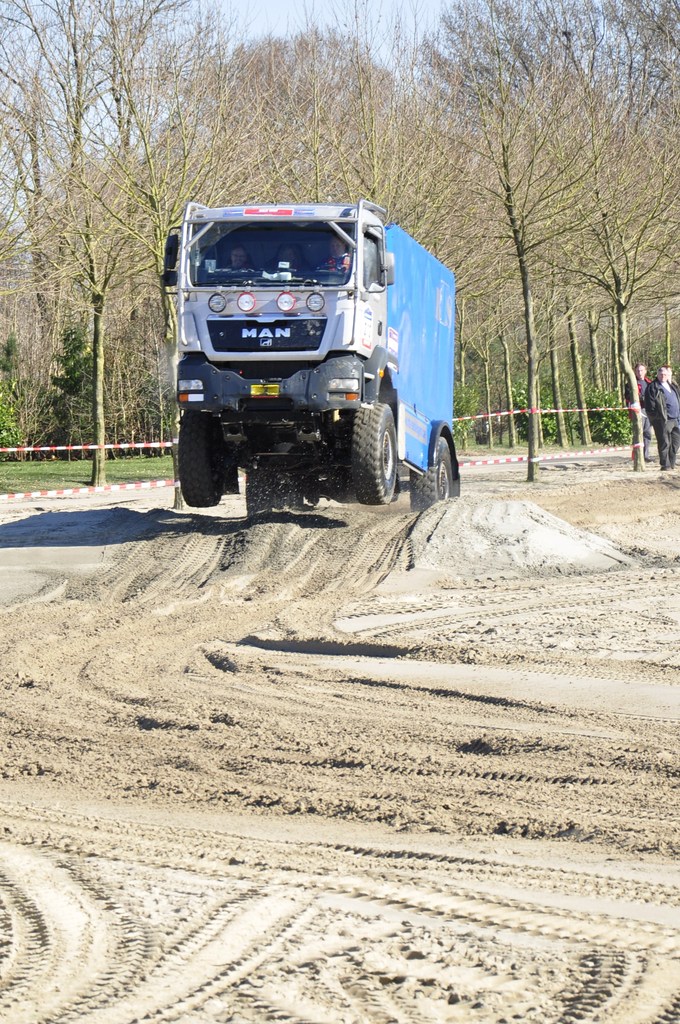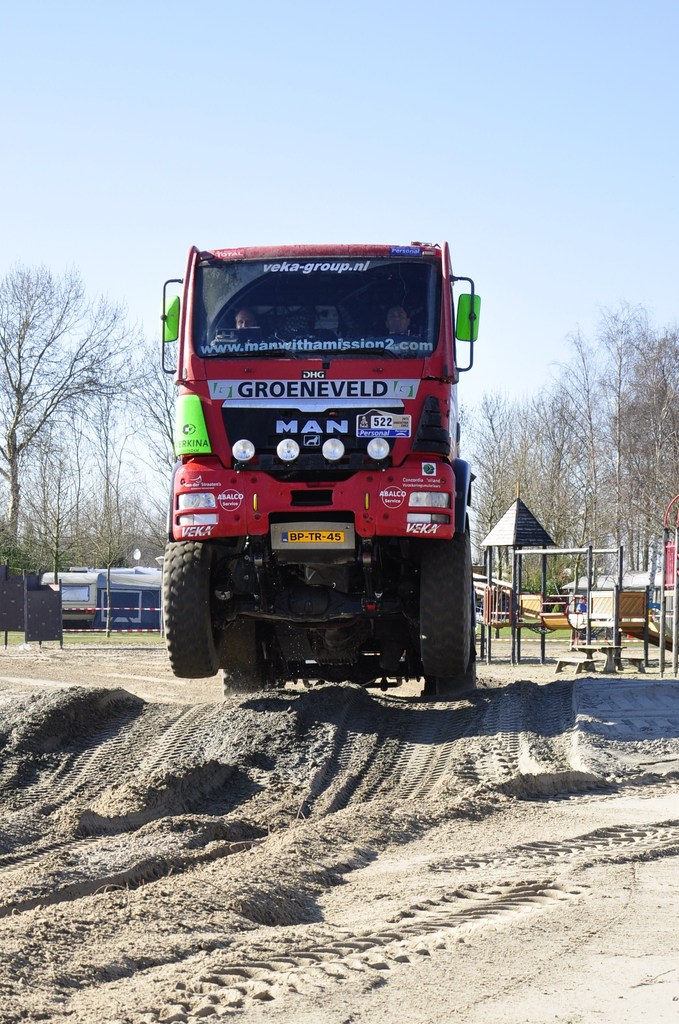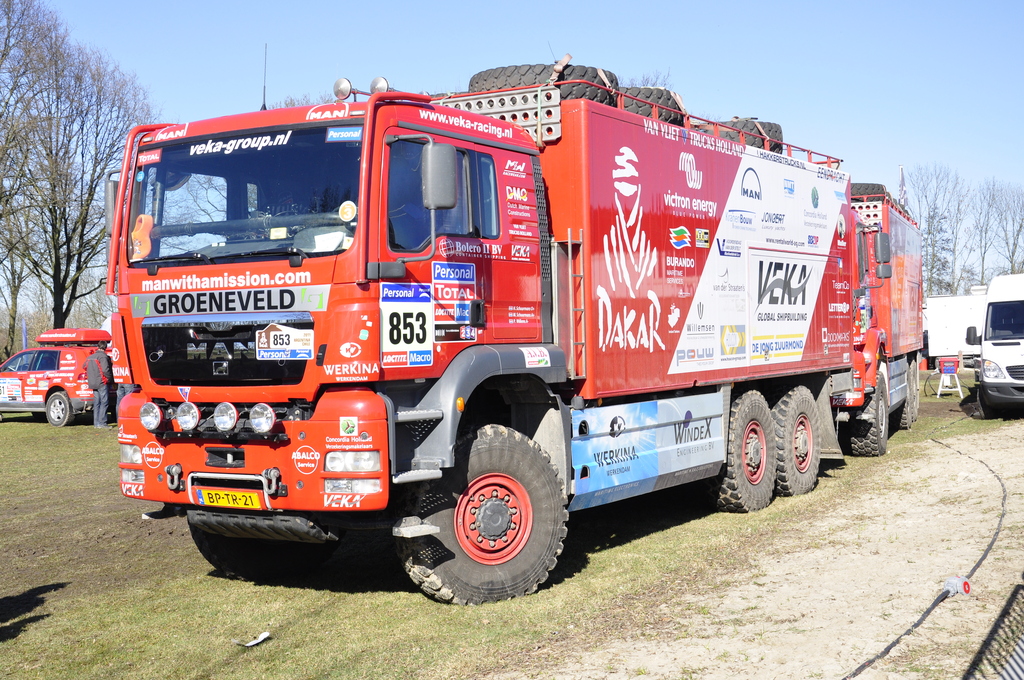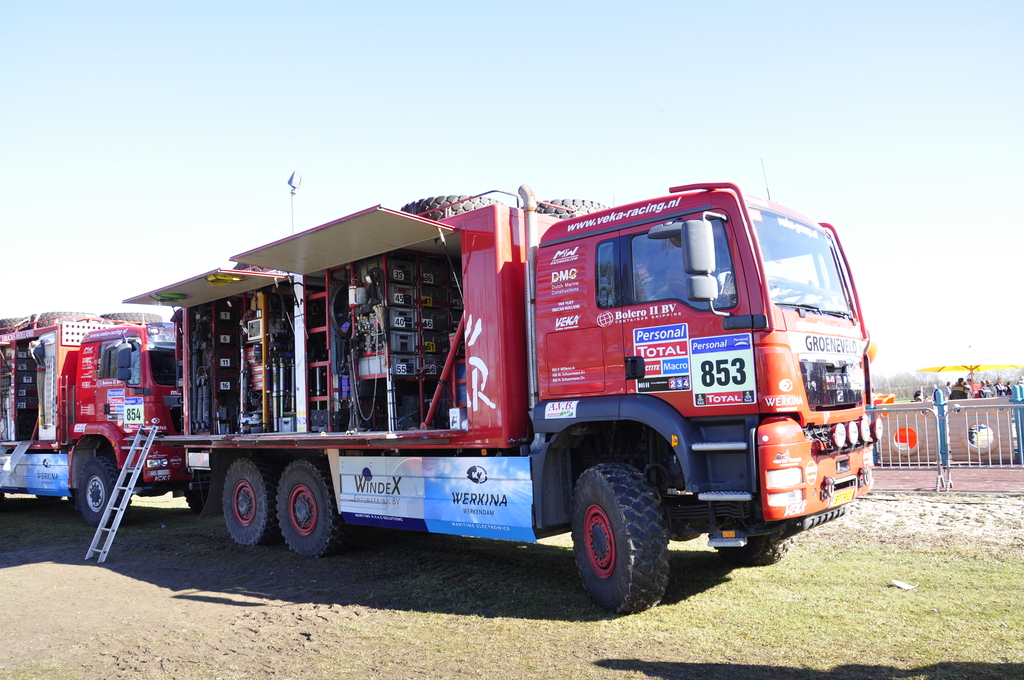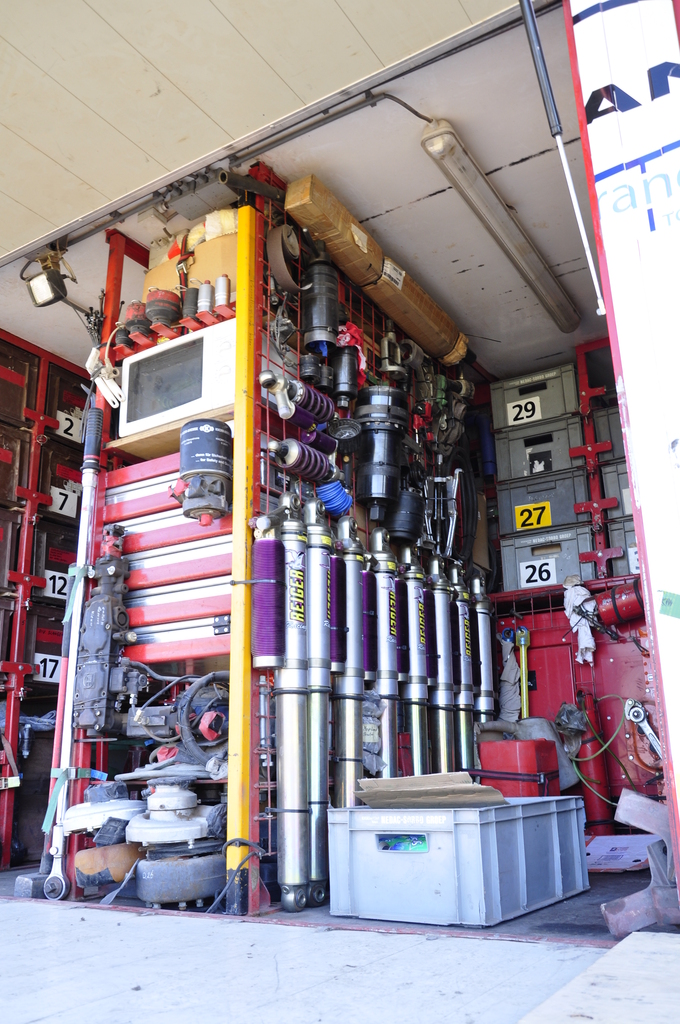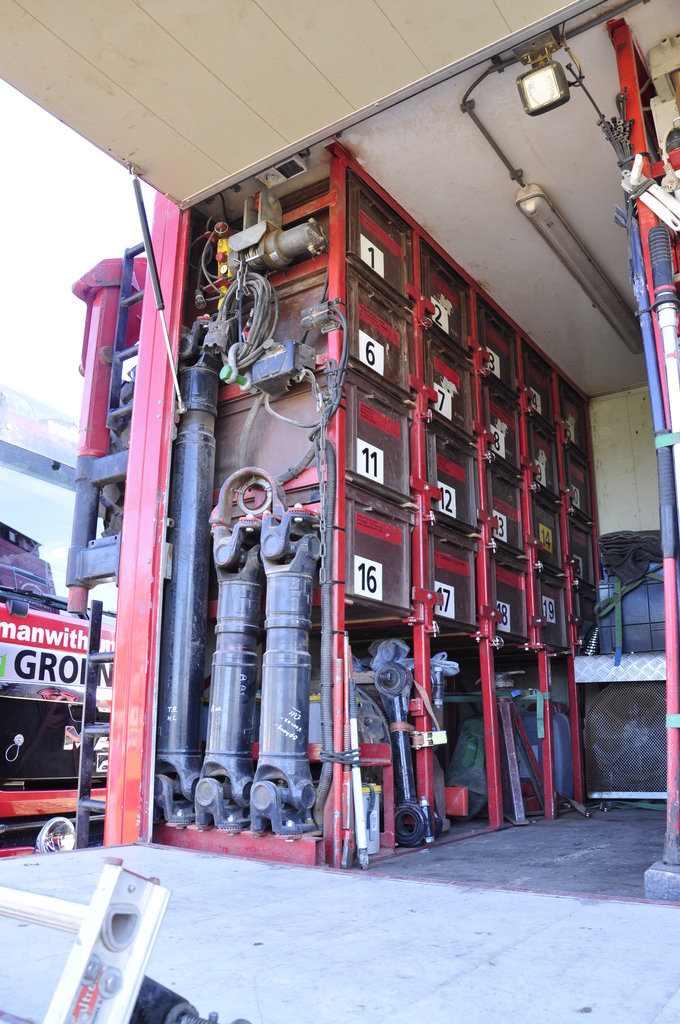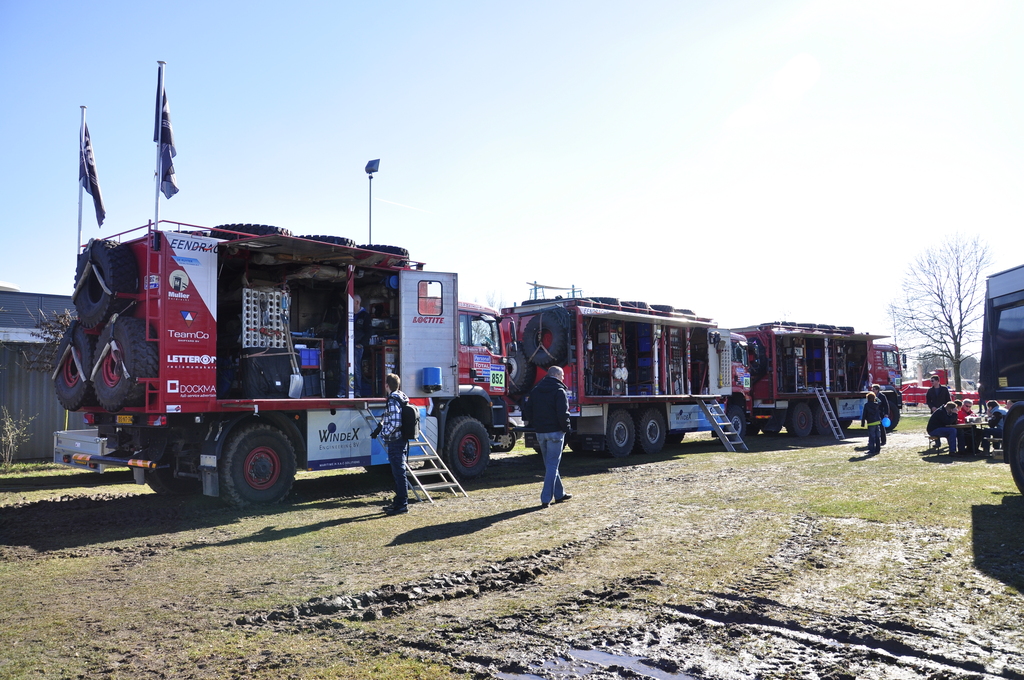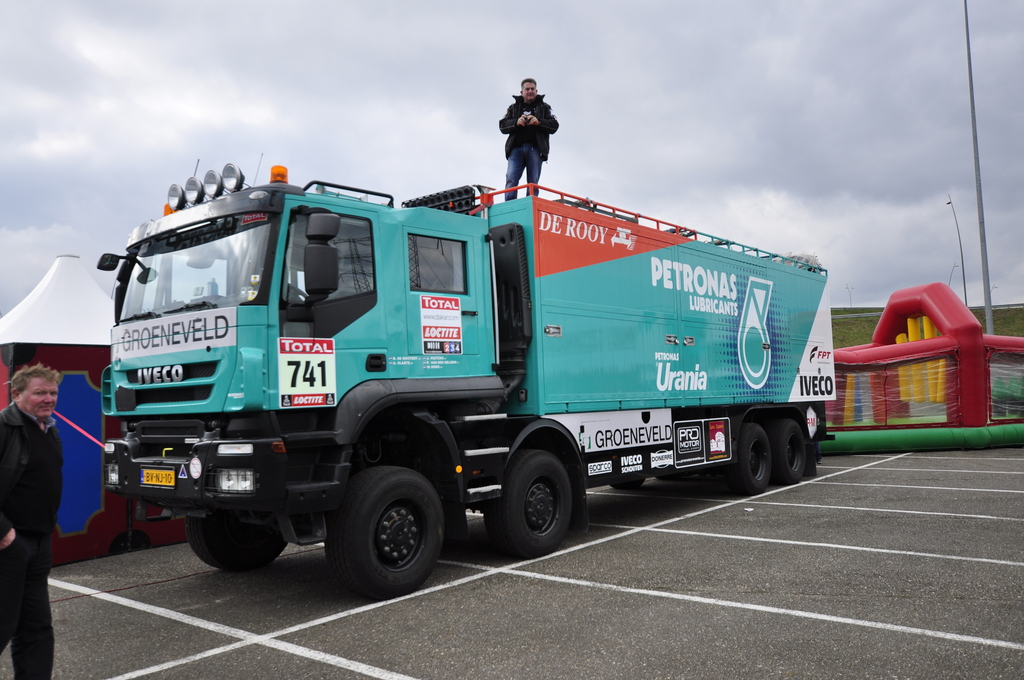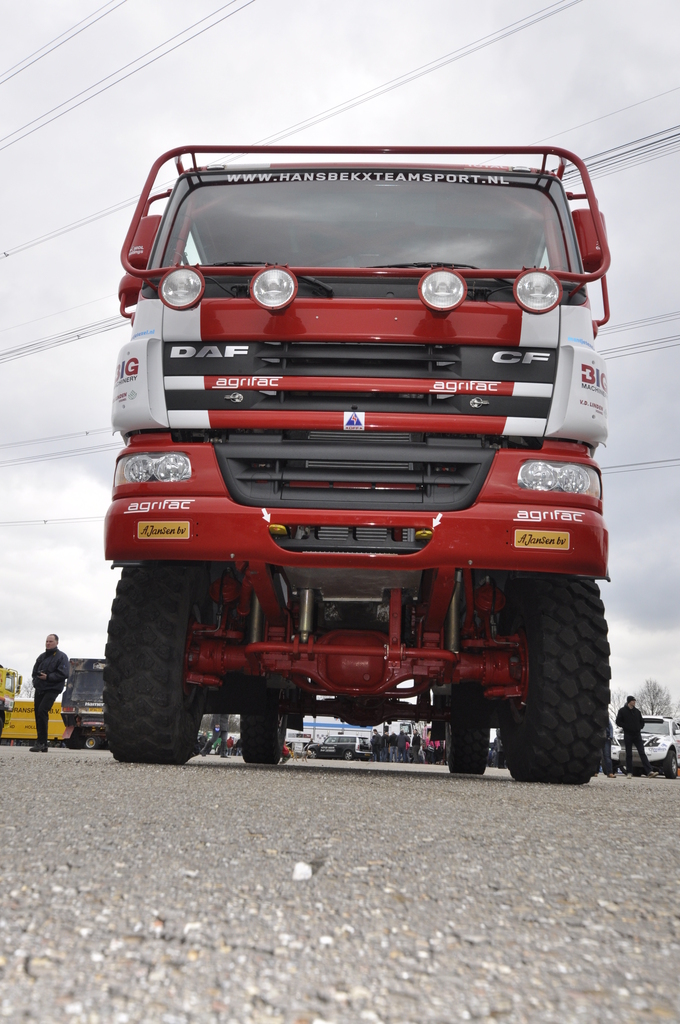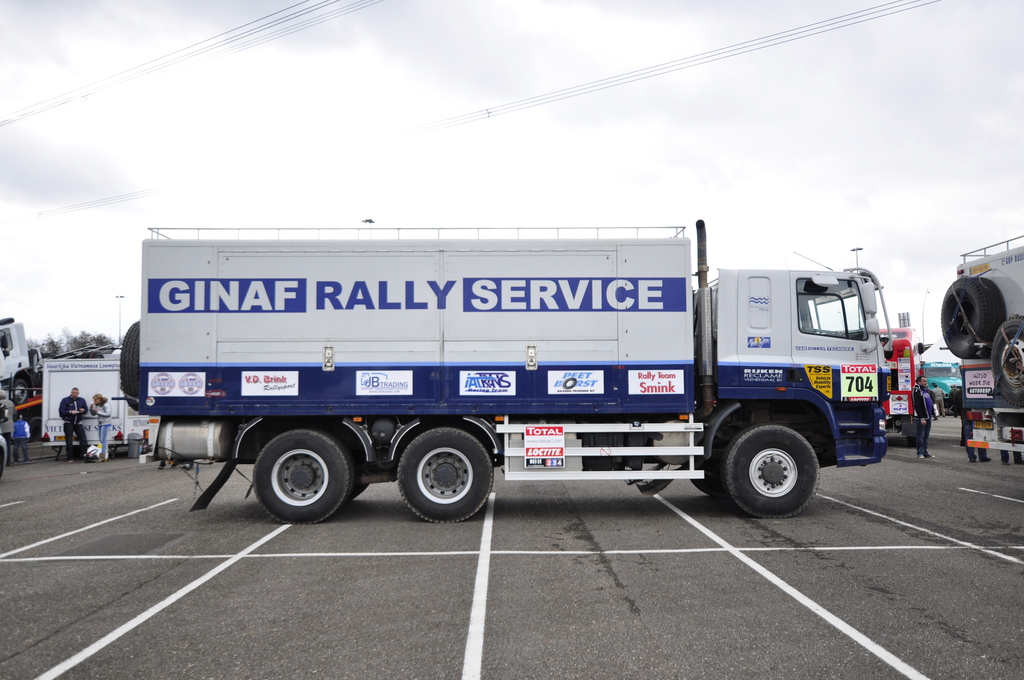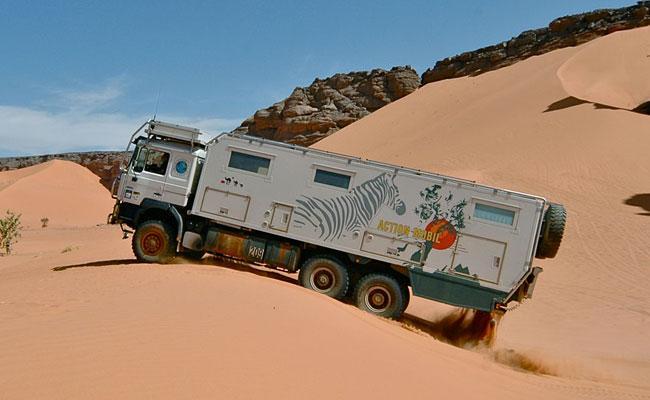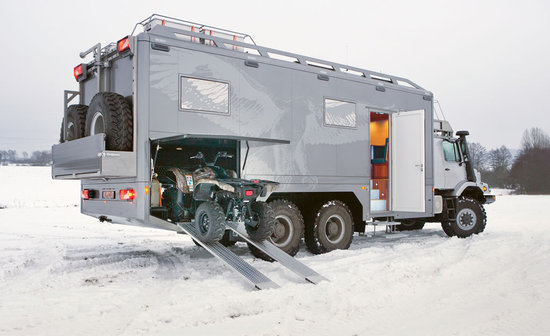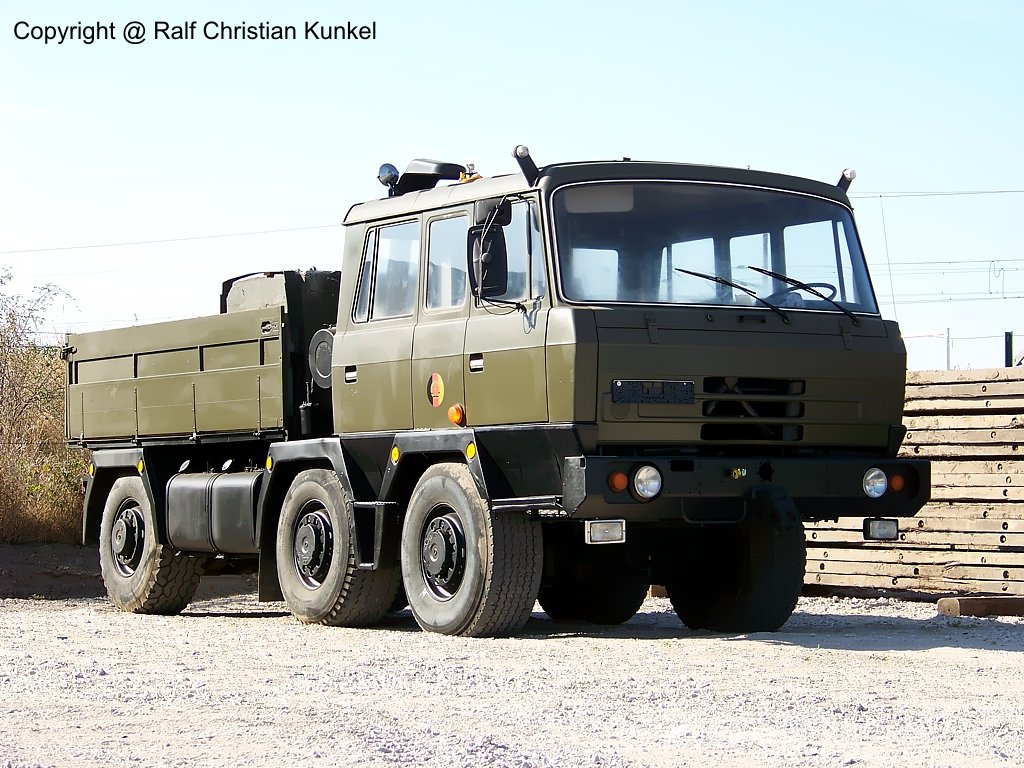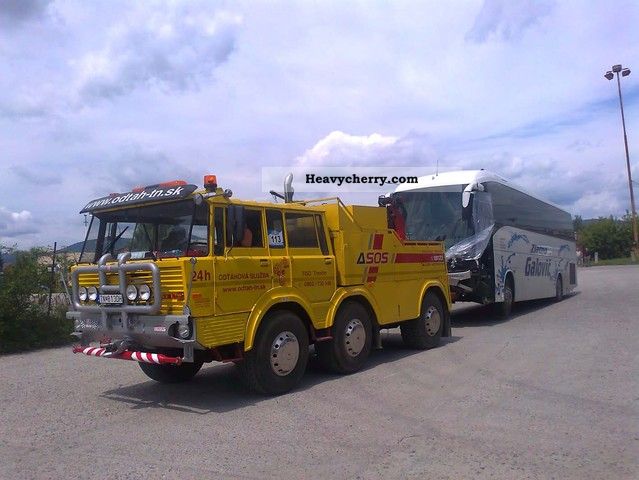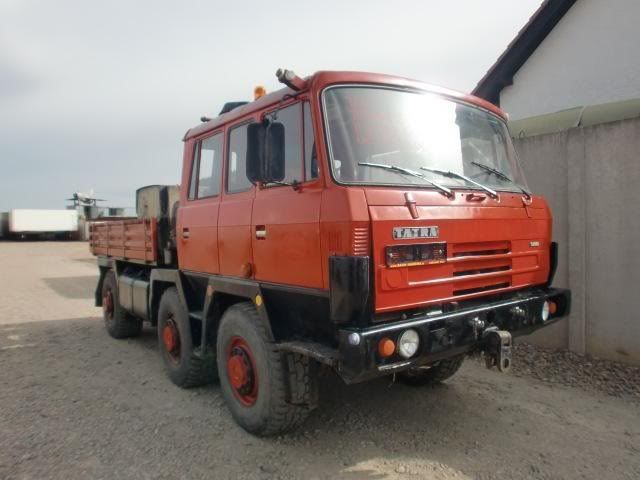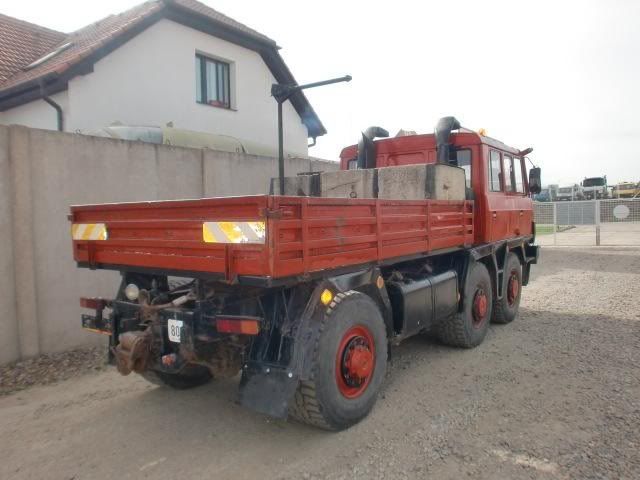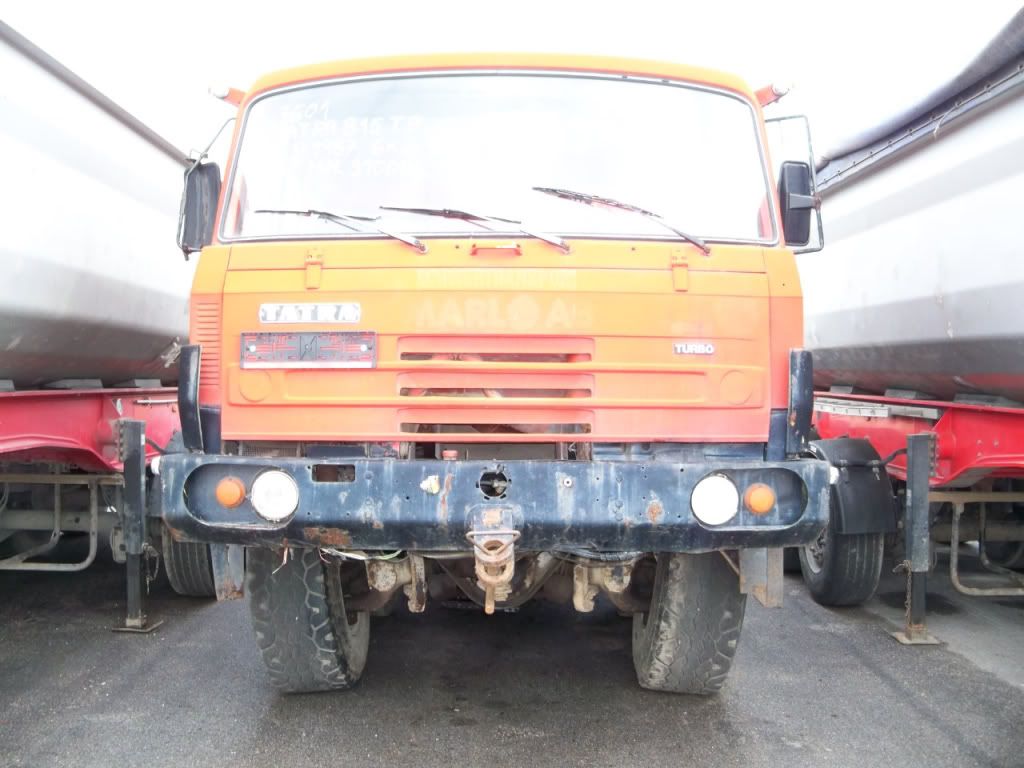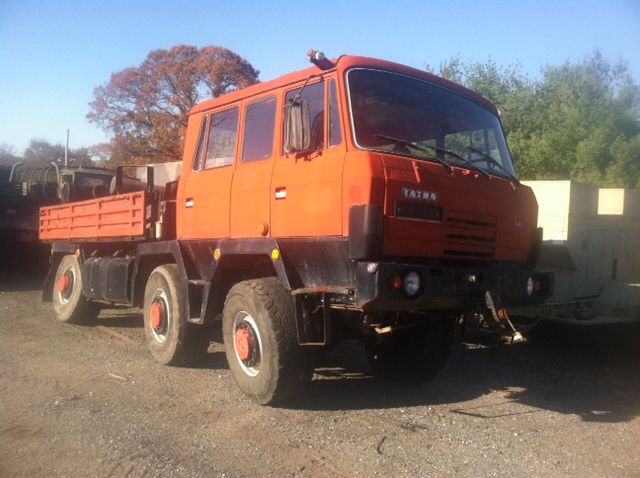Reloaded - ready to shot ....from the hip .....again::costumed-smiley-007
Hey Bio!
EDIT: I am just catching up on the posts made while I was working on this one - so there is quite a bit redundant answering going on below....
Just ignore what is already answered!!
...EDIT End
That is exactly where I am - CERTAINLY you can do a workable IS or Trailing Arm Suspension or ... - BUT for me, the SA is the BEST choice for THIS application (for reasons multiple times stated....) - convince me that IS (or any other system for that matter) has at least ONE advantage over SA WITHOUT also causing some detriment....
I am NOT against IS at all - however in this application it is NOT the BEST solution (...in my book)
[This is how I do MOST of my decision making when it comes to this kind of questions - I ALWAYS "question" a proposed solution, I try to bring it down!! When we get to the point where I have no more argument against - it must be alright! I encourage the IS proponents to do the same from their point of view: Argue WHY SA is no good and WHY IS is better - who knows you may convince me after all! It is NOT that I am always right!! BUT one settles on a certain solution by empiric experience, research, observation, etc.... - so now convince me that I am wrong after all....as long as the arguments stay focused, there is no better way to find the OPTIMAL solution, then by eliminating discussable alternatives]
Answer:
....the
120 KW will be on the very edge - .....remember, you might not just look at the Terraliner max weight, but also at the possible "toy shop" getting pulled along! Certainly another few tons!
...certainly a beautiful solution (IF you can get motors as I posted recently...) - STILL, you should consider OPTIMUSP's recommendation of a single big motor per axle OR a hybrid of both, with ONE BIGGER MAIN-drive motor to the main drive axle (most likely the rear axle) and hub-motors at the other 2 axles.
a) It probably is easier to lock axles with a mechanical locker than with a "electronic" locker [Electronics managing the amount of torque/power each wheel receives...it still is hard for electronics to decide, when a wheel lost traction or is slipping. Most 4x4s with traction control still have a button to switch it all off, so you CAN spin the wheel for certain situations] Still, it would make sense to have 1 main drive axle and 2 "auxiliary axles" - after all, whether we (and/or your client) like it or not - most Terraliners would/will spend 90% of their driving on "car drivable" roads.
b) Though not as important as for a Longhaul Transport - 6 smaller motors are still way less efficient than 1 big motor [Your electric drive engineer friends need to whip out their sliderulers !!]
!!]
I see, we .....got past the 16-ton goal by now! Now you say 10 m. IF you space the axles evenly you will have a max center to center distance of around 2.6m (if you manage to the keep the front/rear overhang to 0.5m) - rather excellent for the intended purpose.
If you increase to the legal limit (12m) you STILL can maintain 3m but gain a solid 2m for "stuff"
At least conceed (yourself) a modular approach to the project, where you can have a whole line of basic-structures, that can take any and all modules you fit:
Basic frames from 8m to 12m (in 1m increments) - designed and calculated so that the 12m version will do anything asked.
Then just build the shorter frames accordingly.
SAME axles
SAME power unit
SAME bathroom modules
SAME bedroom modules
SAME bunk modules
SAME fluid storage modules
SAME dry storage modules
SAME environmental control modules
SAME kitchen modules
etc....
- Have a few moduls for each section available and your customer can "build" his own Terraliner.
Face it - customers that will be able to afford a Terraliner will be rather specific about what they want in their unit - certainly not going to be people that take to the "Take it or leave it" choice.....
(...you can do that with a budget-camper-trailer, ....and even there you will have "options")
Again, as discussed before:
IF you already have a Power unit to EXCLUSIVELY produce electric power (.....AND hydraulic pressure, AND air pressure) - the goal should be to get a big enough (and quick enough) battery bank, to be able to charge it at the lowest EFFICIENT power level the Power Unit can run.
I suggest that you start your Power requirement calculations around a 220-280KW unit (that should cover your max continous requirements without battery assist). From here - see what is the lowest power output you can produce ECONOMICALLY - my wild guess: this is around 1/3-1/4 rated power, below that your fuel-efficiency will start to suffer. So, now you need to get your batterypack and charging capability designed in a way, that these can take 50-70 KW of charging. I suppose a batterypack this size will need at least an hour to charge up, so your engine will get a good run (heating water in the process) and the charged pack should be able to keep up and running for at least 24-36 hrs.....
NO need for a 20KW unit - remember, the smaller a unit, the more UN-efficient they become (unfortunately - same game as with the e-motors!!)
[Nothing wrong with a 20KW-aux unit, but if you DO NOT need one - it is a LOT of space that can be used for other stuff!]
NOISE: You can encase the big unit in a way so you hardly can hear it at full song!! Not a problem anymore today! The smaller 20-KW unit is most likely noisier!!
[For me, part of the attraction IS the noise a Turbo Diesel Truck engine emits at power - you can "feel" the power! Hearing a turbo whistle as it comes on pressure gives me goosebumps - 2nd best music after a turbine starting up!!
Now for a Serial hybrid - FORGET about it! Even if you can hear the engine, it will most likely always be out of synch with the actual driving experience, as the power flow will be buffered through the battery bank. E.g. You step on the accelerator and get an immediate push in the back and MOVE forward - a few seconds behind, the engine starts to rev up and push KWs back into the battery bank and directly to the drive motor(s). You lift the accelerator and start to coast - engine is still at power as the battery bank is still not recharged to nominal.....Most likely this would be a very unusual and distracting experience, based on "normal" cars/trucks sound "behaviour" of today. Actually I believe it would be advisable to eliminate as much Diesel-Generator noise as possible!!]
As it is, you can design the whole unit so, that you literally only have to plug in a power plug and control unit connection!
So a Unit Change should be over in less than 10 min!! Open Power-unit cover (if in the front - lay down Bullbar) - slide out - disconnect plugs - lift off - new unit lift on - connect plugs - PLAY! - everything running and charging? :victory: - slide in - lock up - LOCKED AND LOADED!! 10 min, no sweat.
[Going extreme, you could even provide a crane/jack to lower and lift the unit yourself. Many times you might not have a forklift or similar available, but you always should be able to get a crate directly besides the truck (or in front or wherever you have the power unit)]
PORTALS: I agree - the size truck Terraliner (TL) will be - not needed
AXLE LOCATION: ?? Are you saying you now want to adopt a 1 FRONT and 1 TANDEM REAR configuration???

Now - I NEVER saw a rig as long as the Terraliner -10m - with equally spaced axles - only ZETROS-like configuration...
[...or 8 wheels - scout tanks - military, but they are as long as the vehicle gets with wheel spacing as tight as possible....]
You/we will need to think thoroughly HOW the Terraliner will act when going over a steep ridge:
...as it is - there WILL be some serious sew-saw action at some point!! Question is WHERE will it dip over?
Between the front and middle? Middle and rear? Where is the center of mass?
Maybe - analyzing this scenario will suggest to abandon the equally spaced axles and push more towards a 1+2 or 2+1 configuration.
At the end it does not matter as you will WANT 2 axles to steer at a minimum!
GROUND CLEARANCE: Below axle clearance will be determined by tire size - Chassis clearance by axle spacing (break over angle)
To get the most for side-storage box space, I suggest to invest in a ultra long travel air suspension (or Kinetic).
Ultra long travel to move the "travel mode" height of the rig, not to have super high articulation...
Though possible, not necessary for the TL. What you DO want though is a way to raise and lower the truck according to the needs:
Smooth highway - HUG/scratch the road!! ...you can go as low as a Long Distance Coach (those that have to watch out for the ramp angle when deciding to go to a truck stop).....
and...
as high - so the lowest body sill is at the level of the upper 1/4 of a tire!
This most likely means that you will have some system underneath that moves the whole airbag up/down - .....probably Kinetic would be better adaptable for that ultra long travel thing....
LEVELING JACKS: I guess we all think hydraulics. HOWEVER, ELECTRICS are replacing hydraulics more and more.
Don't know about trucks, but in cars, most new design power-steering systems today are ELECTRIC-assist!
So - as we are already in the Electric Power Generating Business here - maybe the level jacks should be electric screw-jacks.
IF you use vertical and straight corner culumns to integrate the 4 hoist points - you could have SERIOUSLY long jack-screws inside these columns!
IF these columns are strong enough to hang the whole rig from them, they certainly should be able to support the structure on jacks from underneath...
[If there is no ELECTRIC power-steering assist available for this size rig - we are back with hydraulics - then I guess the lift roof is going up/down on electric jack-screws as well (?)....
You may be able to eliminate hydraulics completely.....
....I am SURE I am still missing some stuff you asked - ....later!
thjakits:snorkel:
Hey Bio!
EDIT: I am just catching up on the posts made while I was working on this one - so there is quite a bit redundant answering going on below....
Just ignore what is already answered!!
...EDIT End
I find myself being convinced in favor of straight axles, and no IS.
So unless I hear some really convincing counter-arguments soon, ...., as to why IS is still preferred to straight axle,...
I need the other side to make a really good, summary, point-form case for IS.
That is exactly where I am - CERTAINLY you can do a workable IS or Trailing Arm Suspension or ... - BUT for me, the SA is the BEST choice for THIS application (for reasons multiple times stated....) - convince me that IS (or any other system for that matter) has at least ONE advantage over SA WITHOUT also causing some detriment....
I am NOT against IS at all - however in this application it is NOT the BEST solution (...in my book)
[This is how I do MOST of my decision making when it comes to this kind of questions - I ALWAYS "question" a proposed solution, I try to bring it down!! When we get to the point where I have no more argument against - it must be alright! I encourage the IS proponents to do the same from their point of view: Argue WHY SA is no good and WHY IS is better - who knows you may convince me after all! It is NOT that I am always right!! BUT one settles on a certain solution by empiric experience, research, observation, etc.... - so now convince me that I am wrong after all....as long as the arguments stay focused, there is no better way to find the OPTIMAL solution, then by eliminating discussable alternatives]
The TerraLiner will be full serial hybrid, not parallel; with 6 separate electric hub motors, as per Haf-E’s recommendation. It will be 10 m long, and 20 tons, so just stipulate a power size for the electric hub motors, and the power requirement of the generator should be easy enough to calculate?
Answer:
A word to your power requirements:
I know Camo wants 500hp for his rig!! I tell you that is WAY TOO much for a 2-axle rig!
You really will never NEED that power! Camo might feel the need, because of his auto/semi-auto set-up. That's one item I certainly DON'T like on a Explorer Rig. Perfect for Long Distance Road Transport, but in a OFFroad/DIRTroad situation I'd rather have personal control over ALL my power and ALL my gears!!
If you have 500hp available it is just too easy to guzzle fuel (no matter if your final drive is electric - if you use 450kw you need to provide it - be it directly form the Diesel engine or via a generator...) - also it is very easy to break something if you don't use the power properly!
Figure it out: WHAT is your possible longest, steepest, straight (or max speed - take 85-90 km/h) climb you imagine (something like the Brenner Pass between Austria/Italy or similar stuff in the Rockies or the Himalayas) - WHAT power do you need to accelerate to and maintain that speed at MVGW with an additional 30 kt headwind/rain and pulling your trailer with your favorite toys anywhere on that slope? THAT's the max CONTINOUS power you need.....
A 42-ton 18-wheeler will not need the 500-600 hp they got today to maintain that - why would you at 1/2 the weight??
A 300KW power unit with a serious battery bank and 420KW capability on the wheels should make you a POWER-house/macho Truck amongst all of them out there!! ...and this unit should be efficient enough down at the max level you can pump into the battery bank when charging only....
....the
....is EXACTLY where you are running on the power unit ONLY - battery is discharged by now."possible longest, steepest, straight (or max speed - take 85-90 km/h) climb you imagine"-part
120 KW will be on the very edge - .....remember, you might not just look at the Terraliner max weight, but also at the possible "toy shop" getting pulled along! Certainly another few tons!
...with 6 separate electric hub motors, as per Haf-E’s recommendation....
...certainly a beautiful solution (IF you can get motors as I posted recently...) - STILL, you should consider OPTIMUSP's recommendation of a single big motor per axle OR a hybrid of both, with ONE BIGGER MAIN-drive motor to the main drive axle (most likely the rear axle) and hub-motors at the other 2 axles.
a) It probably is easier to lock axles with a mechanical locker than with a "electronic" locker [Electronics managing the amount of torque/power each wheel receives...it still is hard for electronics to decide, when a wheel lost traction or is slipping. Most 4x4s with traction control still have a button to switch it all off, so you CAN spin the wheel for certain situations] Still, it would make sense to have 1 main drive axle and 2 "auxiliary axles" - after all, whether we (and/or your client) like it or not - most Terraliners would/will spend 90% of their driving on "car drivable" roads.
b) Though not as important as for a Longhaul Transport - 6 smaller motors are still way less efficient than 1 big motor [Your electric drive engineer friends need to whip out their sliderulers
It will be 10 m long, and 20 tons...
I see, we .....got past the 16-ton goal by now! Now you say 10 m. IF you space the axles evenly you will have a max center to center distance of around 2.6m (if you manage to the keep the front/rear overhang to 0.5m) - rather excellent for the intended purpose.
If you increase to the legal limit (12m) you STILL can maintain 3m but gain a solid 2m for "stuff"
At least conceed (yourself) a modular approach to the project, where you can have a whole line of basic-structures, that can take any and all modules you fit:
Basic frames from 8m to 12m (in 1m increments) - designed and calculated so that the 12m version will do anything asked.
Then just build the shorter frames accordingly.
SAME axles
SAME power unit
SAME bathroom modules
SAME bedroom modules
SAME bunk modules
SAME fluid storage modules
SAME dry storage modules
SAME environmental control modules
SAME kitchen modules
etc....
- Have a few moduls for each section available and your customer can "build" his own Terraliner.
Face it - customers that will be able to afford a Terraliner will be rather specific about what they want in their unit - certainly not going to be people that take to the "Take it or leave it" choice.....
(...you can do that with a budget-camper-trailer, ....and even there you will have "options")
The TerraLiner will also carry a supplementary 20 KW turbocharged generator. But not to act as "backup" for the main engine-generator. But rather, to charge the batteries efficiently and quietly when parked, as suggested earlier in the thread.
Again, as discussed before:
IF you already have a Power unit to EXCLUSIVELY produce electric power (.....AND hydraulic pressure, AND air pressure) - the goal should be to get a big enough (and quick enough) battery bank, to be able to charge it at the lowest EFFICIENT power level the Power Unit can run.
I suggest that you start your Power requirement calculations around a 220-280KW unit (that should cover your max continous requirements without battery assist). From here - see what is the lowest power output you can produce ECONOMICALLY - my wild guess: this is around 1/3-1/4 rated power, below that your fuel-efficiency will start to suffer. So, now you need to get your batterypack and charging capability designed in a way, that these can take 50-70 KW of charging. I suppose a batterypack this size will need at least an hour to charge up, so your engine will get a good run (heating water in the process) and the charged pack should be able to keep up and running for at least 24-36 hrs.....
NO need for a 20KW unit - remember, the smaller a unit, the more UN-efficient they become (unfortunately - same game as with the e-motors!!)
[Nothing wrong with a 20KW-aux unit, but if you DO NOT need one - it is a LOT of space that can be used for other stuff!]
NOISE: You can encase the big unit in a way so you hardly can hear it at full song!! Not a problem anymore today! The smaller 20-KW unit is most likely noisier!!
[For me, part of the attraction IS the noise a Turbo Diesel Truck engine emits at power - you can "feel" the power! Hearing a turbo whistle as it comes on pressure gives me goosebumps - 2nd best music after a turbine starting up!!
Now for a Serial hybrid - FORGET about it! Even if you can hear the engine, it will most likely always be out of synch with the actual driving experience, as the power flow will be buffered through the battery bank. E.g. You step on the accelerator and get an immediate push in the back and MOVE forward - a few seconds behind, the engine starts to rev up and push KWs back into the battery bank and directly to the drive motor(s). You lift the accelerator and start to coast - engine is still at power as the battery bank is still not recharged to nominal.....Most likely this would be a very unusual and distracting experience, based on "normal" cars/trucks sound "behaviour" of today. Actually I believe it would be advisable to eliminate as much Diesel-Generator noise as possible!!]
As it is, you can design the whole unit so, that you literally only have to plug in a power plug and control unit connection!
So a Unit Change should be over in less than 10 min!! Open Power-unit cover (if in the front - lay down Bullbar) - slide out - disconnect plugs - lift off - new unit lift on - connect plugs - PLAY! - everything running and charging? :victory: - slide in - lock up - LOCKED AND LOADED!! 10 min, no sweat.
[Going extreme, you could even provide a crane/jack to lower and lift the unit yourself. Many times you might not have a forklift or similar available, but you always should be able to get a crate directly besides the truck (or in front or wherever you have the power unit)]
PORTALS: I agree - the size truck Terraliner (TL) will be - not needed
AXLE LOCATION: ?? Are you saying you now want to adopt a 1 FRONT and 1 TANDEM REAR configuration???
Now - I NEVER saw a rig as long as the Terraliner -10m - with equally spaced axles - only ZETROS-like configuration...
[...or 8 wheels - scout tanks - military, but they are as long as the vehicle gets with wheel spacing as tight as possible....]
You/we will need to think thoroughly HOW the Terraliner will act when going over a steep ridge:
...as it is - there WILL be some serious sew-saw action at some point!! Question is WHERE will it dip over?
Between the front and middle? Middle and rear? Where is the center of mass?
Maybe - analyzing this scenario will suggest to abandon the equally spaced axles and push more towards a 1+2 or 2+1 configuration.
At the end it does not matter as you will WANT 2 axles to steer at a minimum!
GROUND CLEARANCE: Below axle clearance will be determined by tire size - Chassis clearance by axle spacing (break over angle)
To get the most for side-storage box space, I suggest to invest in a ultra long travel air suspension (or Kinetic).
Ultra long travel to move the "travel mode" height of the rig, not to have super high articulation...
Though possible, not necessary for the TL. What you DO want though is a way to raise and lower the truck according to the needs:
Smooth highway - HUG/scratch the road!! ...you can go as low as a Long Distance Coach (those that have to watch out for the ramp angle when deciding to go to a truck stop).....
and...
as high - so the lowest body sill is at the level of the upper 1/4 of a tire!
This most likely means that you will have some system underneath that moves the whole airbag up/down - .....probably Kinetic would be better adaptable for that ultra long travel thing....
LEVELING JACKS: I guess we all think hydraulics. HOWEVER, ELECTRICS are replacing hydraulics more and more.
Don't know about trucks, but in cars, most new design power-steering systems today are ELECTRIC-assist!
So - as we are already in the Electric Power Generating Business here - maybe the level jacks should be electric screw-jacks.
IF you use vertical and straight corner culumns to integrate the 4 hoist points - you could have SERIOUSLY long jack-screws inside these columns!
IF these columns are strong enough to hang the whole rig from them, they certainly should be able to support the structure on jacks from underneath...
[If there is no ELECTRIC power-steering assist available for this size rig - we are back with hydraulics - then I guess the lift roof is going up/down on electric jack-screws as well (?)....
You may be able to eliminate hydraulics completely.....
....I am SURE I am still missing some stuff you asked - ....later!
thjakits:snorkel:
Last edited:




.jpg)
.jpg)







